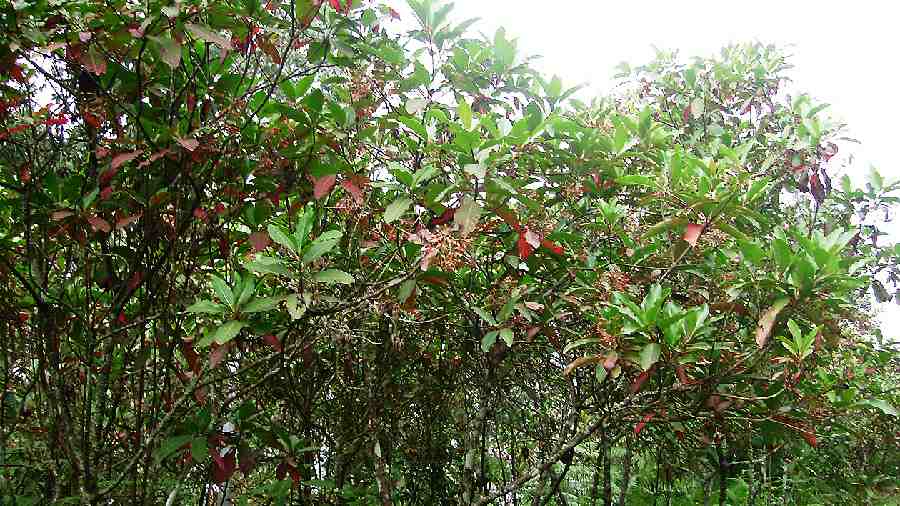The demand for land rights is brewing in cinchona plantations of Darjeeling hills following the state government’s announcement to grant land rights to tea garden workers.
The over century-old plantation of cinchona and other medicinal plants is the only such sector in the country, employing around 6,000 workers and giving indirect livelihood to around 40,000 more in Darjeeling hills.
“Our situation is similar to tea garden workers. Our forefathers tilled the land for medicinal plant cultivation. Jobs have been passed down for generations. On retirement, the next-of-kin gets the job,” said a cinchona plantation worker.
The plantation was first set up at Mungpoo, 30km from Darjeeling in 1862. It was soon expanded to Munsong (1900), Rongo (1938) and Latpancher in 1943 and is currently spread over 26,000 acres.
Cinchona is grown across 6,900 acres and medicinal plants like discorea, ipecac and other crop plants like rubber and cardamom across the rest of the land.
“Despite staying on this land for generations, we too do not have land rights,” said a worker, who added there was a furore in 2019 when the cinchona authorities tried to dismantle a house built under a central scheme.
Unlike tea gardens leased out to the private management (planters) for 30 years, cinchona plantation is run by its own directorate under the state government.
“If we go back to history, we find the forest department leased out land to the directorate for cinchona plantation,” said an official of the plantation.
Many plantation workers argue it would be easier for the state government to grant land rights to cinchona workers as it possesses the entire land.
Apart from housing, a cinchona worker also gets a kitchen garden.
“Hence, the land possession of cinchona workers is much more,” said a district official.
A senior BGPM leader admitted that the issues were slightly different for tea gardens and cinchona plantations, given the large holding of cinchona workers.
“At the moment, we are focusing on tea gardens. Let the process for granting land rights to tea gardens start. After that we will definitely raise the cinchona issue,” the BGPM leader said.
Given the large land holdings of cinchona workers, many believe they should get agricultural pattas instead of homestead pattas that are being planned for tea gardens.
Despite being the only plantation in the country, the industry is not faring well. Sources said the plantation is running at an annual loss of more than Rs 26 crore.
None of the four factories to produce quinine and emetine in Mungpoo and diosgenin and 16-DPA in Gairbas is currently operational.
The last major sale of cinchona bark was in 2016, a consignment of 790 metric tonnes.










